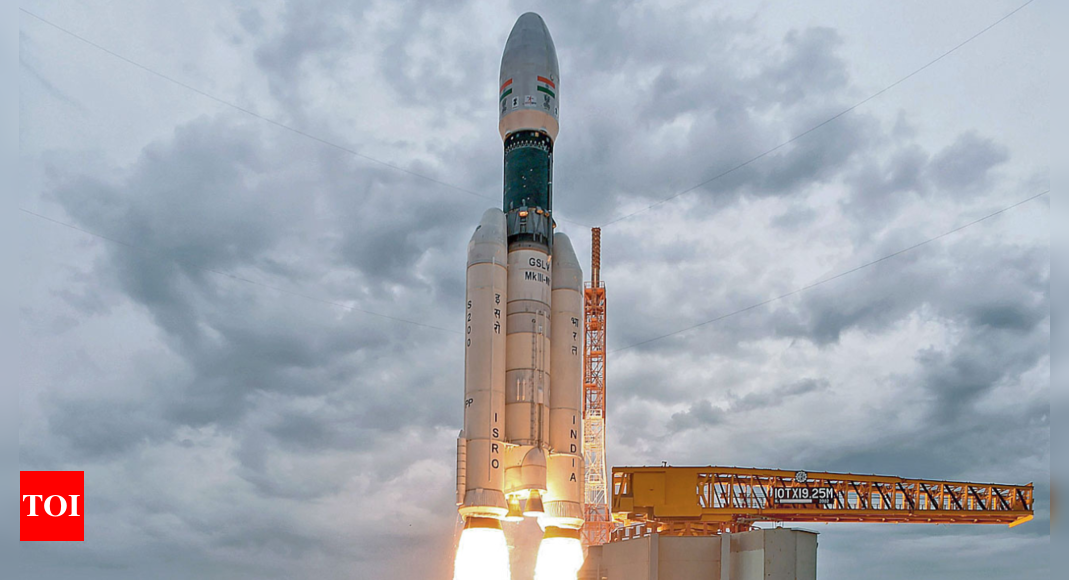- Joined
- Jan 19, 2011
- Messages
- 3,547
- Likes
- 6,636
I am astounded that the country helping us with building bullet trains infrastructure is the same country which landed on the moon for the first time, a few months after us.
It just goes to show that we Bharatiyas can achieve whatever we set our minds to. Just because we have not achieved something does not mean we didn't because we couldn't. It could just be prioritisation playing it's role.
Japan is a noble and great civilization. My congratulations and respect for the Japanese people.
It just goes to show that we Bharatiyas can achieve whatever we set our minds to. Just because we have not achieved something does not mean we didn't because we couldn't. It could just be prioritisation playing it's role.
Japan is a noble and great civilization. My congratulations and respect for the Japanese people.



